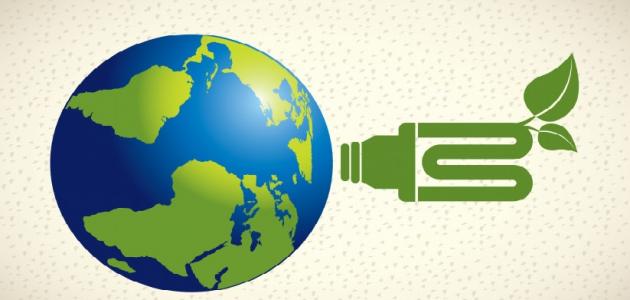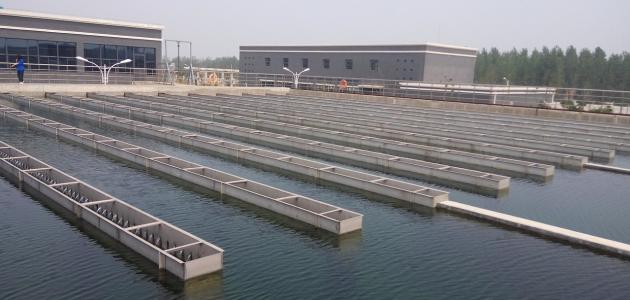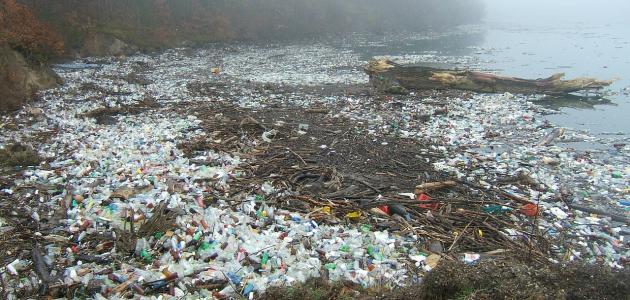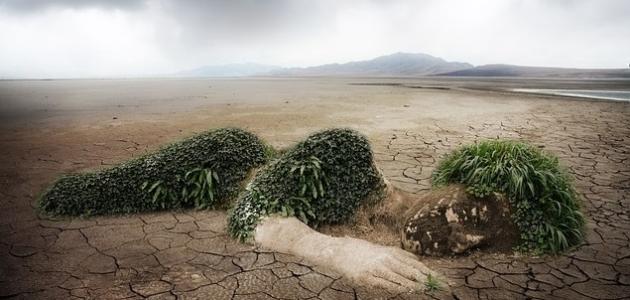air pollution
Air pollution is defined as the presence of gaseous, liquid, or solid substances that lead to changing the properties of the air and thus causing harm to the environment, humans, and animals. In this article, we will talk about the sources of air pollution, the basic pollutants, and the harms of its pollution to humans and the environment, in addition to ways to Prevention.
sources of air pollution
The causes of air pollution are due to two sources:
- Natural sources: These are the sources that affect the air without human intervention, that is, by nature, and their damage is minor.
- Unnatural sources: They occur as a result of human activity, and they have a strong and harmful impact on humans and the surrounding environment. They have become widespread, and their causes have varied and are as follows:
- Using fuel to produce energy.
- Industrial activity, gases and smoke coming out of factories.
- Radiation produced by chemical industries.
- Household waste, including solid, liquid, and gaseous materials, should not be placed in their own waste containers.
- Excessive use of pesticides, fertilizers, and chemicals in agricultural operations.
- Land, sea, and air means of transportation, which produce gases and incomplete combustion of fuel, in addition to maritime transportation vehicles throwing oil into the seas, which increases air pollution.
Main air pollutants
- Carbon monoxide gas: It is the gas that results from the incomplete combustion of fuel. It is odorless and colorless. It comes from car exhausts and wood-burning stoves. It is one of the most dangerous types of toxic gases.
- Carbon dioxide gas: This is the gas that results from the combustion of organic materials such as paper, firewood, and coal. It is constantly increasing due to excessive use of fuel and cutting down trees, and it is considered very harmful to humans and the environment.
- Hydrogen sulfide gas: It has a smell similar to rotten eggs, and is produced by the decomposition of organic materials such as sewage. It is also considered a toxic and deadly gas.
- Sulfur dioxide gas: It is an acidic gas produced by the combustion of fuel, petroleum gases, and volcanoes, and it is one of the components of rain.
- Nitrogen dioxide gas: It is produced by the combustion of organic compounds and car exhausts, and when it reaches the ozone layer, it causes damage.
- Lead: It is present in vehicle fuel, comes out of vehicle exhaust and pollutes the air, especially in cities crowded with driving vehicles.
The impact of air pollution on humans and the environment
- Damage to the cardiovascular system.
- Poisoning of many organs and tissues.
- Lung diseases, bronchitis, and shortness of breath.
- High premature mortality rate.
- Irritation in the eyes.
- Deformities in the fetus if the pregnant woman is affected by this air.
- Nervous system problems.
- Damage affecting the ozone layer.
- Acid rain.
- Many animals died and were poisoned.
Ways to prevent air pollution
- Establishing laws for factories requiring the use of filters for their gaseous waste.
- Reducing the use of lead in fuel.
- Ensure that the fuel in the vehicle burns properly.
- Use organic pesticides and avoid chemicals.
- Establishing factories far from residential areas.









